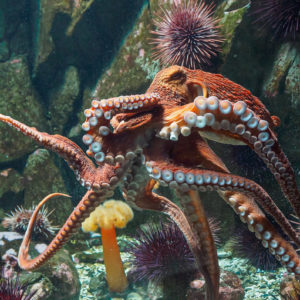Sable Island – “The Smile of the Atlantic”
This blog was written by Sue Ratcliffe, Sue is a photographer with a deep passion for shooting wildlife, horses, birds of prey and people throughout her travels around the globe. Sue’s passion is capturing the beauty and grace of nature, and all that lives and thrives within it.
Sue was one of the winners of the 2017 Nature Photo Contest, her beautiful photo of the Bald Eagle soaring over the clear water is the feature image of the Nature Canada Calendar this month. Feel free to email Cheyanne, at crichardson@naturecanada.ca if you have any questions about the Nature Photo Contest or would like to make a donation and get a copy of the Nature Canada Calendar.
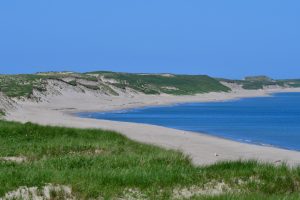 Sable Island is a narrow, crescent-shaped sandbar, giving it the name “the smile of the Atlantic”. It is wild, windswept and remote, fascinating and mysterious. For years I have been entranced by the tales of Sable Island and passionately drawn to the wild horses that have long lived there. These famous horses lend a near mythical and ethereal quality to this elusive island whose allure is pure and magical and has long kept us captivated and spellbound.
Sable Island is a narrow, crescent-shaped sandbar, giving it the name “the smile of the Atlantic”. It is wild, windswept and remote, fascinating and mysterious. For years I have been entranced by the tales of Sable Island and passionately drawn to the wild horses that have long lived there. These famous horses lend a near mythical and ethereal quality to this elusive island whose allure is pure and magical and has long kept us captivated and spellbound.
Sable Island is nearly 42 kilometers long and about 1.5 kilometers across at its widest point with shifting sand dunes that change from year to year. The island’s extensive beaches are home to the world’s largest colony of grey seals, and freshwater ponds that sustain rare plant life. Plants, birds, and insects have adapted to life on Sable, some of which are found nowhere else on earth.
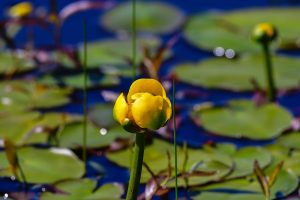
The island is prone to intense fall and winter storms, frequently making travel there difficult. The only way to get there is by air or by sea. I traveled there with Adventure Canada on “The Ocean Endeavour”, traveling to the island daily on a zodiac.
Sable Island is the most hurricane-prone part of Canada and the foggiest spot in the Maritimes. I visited Sable Island in July and encountered fog three days out of the four days we permitted to visit the island.
The federal government announced in May 2010 that protection of the island would be transferred from the Canadian Coast Guard to Parks Canada. Sable Island became a National Park Reserve on June 20, 2013.
The island is home to over 550 free-roaming horses and are protected by law from human interference as by the 1950s they were in danger of extinction from round-ups. The horses likely descended from horses confiscated by the Acadians and released on the island in the late eighteenth century and soon became feral. Additional horses were later transported to the island to improve the herd’s breeding stock. The horses are small and usually dark in color. The herd is unmanaged, constantly exposed to the elements and shifting landscape, surviving off the wild marram grasses that grow in the sand and what grows in the few freshwater ponds.
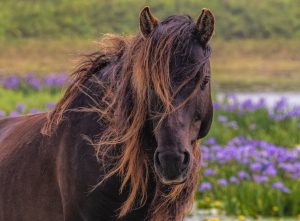 Sable Island has a long and fascinating history spanning more than four centuries. 350 plus vessels have been wrecked due to rough seas, the fog, and sandbars surrounding the island, earning the title “Graveyard of the Atlantic”. Several bird colonies are resident there including the Ipswich sparrow which breeds only on the island.
Sable Island has a long and fascinating history spanning more than four centuries. 350 plus vessels have been wrecked due to rough seas, the fog, and sandbars surrounding the island, earning the title “Graveyard of the Atlantic”. Several bird colonies are resident there including the Ipswich sparrow which breeds only on the island.
The unique landscape, the history and the wild horses have made Sable Island an iconic place in Canada. It is a photographer’s dream. Myself and my wild horse photography friends, affectionately referred to as “the pony girls” on our trip with Adventure Canada, photographed the horses and all that we experienced on the island.
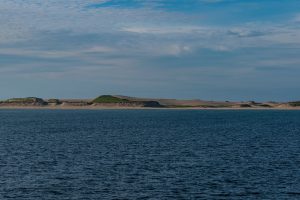
Each day was an adventure as we drank in the beauty of the landscape and sat with the wild horses. We were in awe but blessed for what we were experiencing … not knowing when or if we would have the chance to return. We were experiencing the wildest and most remote island in the world.
As we slowly departed Sable Island watching the horses graze, we were in reverence of what we had experienced and the fact that we had finally lived our dream was the more astonishing … wild and natural Sable Island … live your dreams and visit the island that fables are made of.
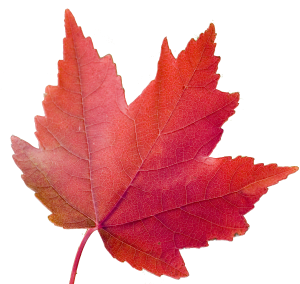
|
Want more nature news?Discover more about the nature you love. |


